EOD - Explosive Ordnance Disposal Technician Enlisted
About
INITIAL SUCCESS OR TOTAL FAILURE.
Americans celebrate fireworks on the 4th of July.
The other 364 days, Navy EOD—the Navy’s elite bomb squad—is working to prevent the ones that aren’t for show.
Armed with cutting-edge robotics and explosive disposal expertise, they take on missions that demand skill, precision, and absolute nerve—from parachuting into hostile territory to neutralizing underwater mines.
This isn’t a job for the ordinary.
It’s for those who can think fast, stay calm, and operate under extreme pressure—because when it comes to explosives, there’s no second chance.
Responsibilities
As a Navy EOD Officer, you will have duties that can cast you on missions across the world.
Your job may require you to: Detonate and demolish hazardous munitions, pyrotechnics and outdated explosives Neutralize various ordnances such as sea mines, torpedoes or depth charges Work with cutting-edge technology to remotely disable unsafe ordnances Perform parachute or helicopter insertion operations Support law enforcement agencies Clear waterways of mines in support of the Fleet Lead and train enlisted Sailors in your unit Lend your skills and support to other military units or offices, such as the U.S.
Secret Service or the U.S.
Department of State
Work Environment
Your missions will take you to every corner of the world.
One assignment may have you parachuting from 17,000 feet into enemy territory, while the next may deliver you stealthily to a foreign nation via an 11-foot RHIB boat.
It all depends on which unit you’re supporting and the type of mission to be completed.
Though there will be administrative work, the majority of your time will be spent out from behind a desk and in the field.
Training
Becoming an EOD Officer is no easy process.
While the rigorous training is both physically and mentally grueling, you will be rewarded with unrivaled leadership opportunities, first-rate compensation and respect.
All EOD Officers must attend a certified Navy Officer training program .
Once that training is complete, you will learn the ins and outs of life as an EOD Officer through 24 months of specialized training including: Diver Training (seven weeks) – Next comes dive school at the Naval Diving and Salvage Training Center (NDSTC) in Panama City, FL.
Training covers basic concepts of scuba diving as well as dive physics, physiology and basic dive medicine.
Candidates also learn about equipment such as the MK16 underwater rebreather.
EOD School (44 weeks) – After successfully completing dive school, candidates transfer to Naval Explosive Ordnance Disposal School at Eglin Air Force Base in Fort Walton Beach, FL.
This training comes in four sections, each teaching how to render safe or defuse specific types of ordnance.
Air Ordnance Division – Focuses on bombs and missiles Improvised Explosive Devices (IEDs) – Includes “homemade bombs” Nuclear Ordnance Division – Covers basic nuclear physics and radiation monitoring and decontamination procedures Underwater Ordnance Division – Emphasizes torpedoes and other underwater explosives as well as underwater search techniques Basic Parachute Training (three weeks) – After completing basic EOD school, graduates attend basic airborne training (“jump school”) at Fort Benning, GA, where they qualify as a basic parachutist.
EOD Tactical Training (four weeks) – The final phase of training is in San Diego, CA.
It teaches helicopter insertion (fast-rope, rappel, cast and special patrol insertion, and extraction rigging), small arms/weapons training, small unit tactics (weapons, self-defense, land navigation and patrolling) and tactical communications (satellite and high frequency).
Upon successful completion of the EOD training pipeline, graduates are assigned to EOD mobile units where they gain advanced on-the-job training and experience as members of EOD platoons.
Advanced Training – EOD technicians may pursue advanced training options to hone and specialize their skills.
Some of these options include: Parachute water insertion training Military freefall Advanced Improvised Explosive Device Disposal (AIEDD) WMD training Jumpmaster training Small unit tactics Small arms instructor Language school (Defense Language Institute) EOD communications (tactical radio communications) Promotion opportunities are regularly available, but are competitive and based on performance.
EOD Officer roles provide the opportunity to lead and train exceptional men and women within a demanding career field.
Post-Service Opportunities It’s also important to note that specialized training received and work experience gained in the course of service can lead to valuable credentialing and occupational opportunities in related fields.
Education Opportunities
There are no part-time jobs as a Navy Reserve Sailor in this role.
Go back to Careers to find other jobs that have a Reserve component.
You can also find out more about what life is like as a Reserve Sailor in the Navy.
Qualifications & Requirements
A degree from a four-year college or university is a minimum educational requirement to become a Commissioned Officer .
You must also attend Officer Training.
There may be exceptions to the degree requirements based on extensive service experience.
Additional qualifications include: Eyesight 20/20 bilateral correctable to 20/25 with no color blindness 30 years of age or younger Pass a physical and separate medical examination required for divers (approved by Diving Medical Officer) U.S.
citizen and eligible for security clearance Requirements for Enlisted EOD Technician candidates to commission as Officers: 36 months of obligated service upon completion of training No non-judicial punishments or court martial convictions during the 12 months prior to application Meet medical standards as specified in the NAVMED P-117 Meet minimum performance standards Pass a hyperbaric pressure tolerance test Be on board present command for two years Be screened by an EOD Officer or E-6 or above Master EOD Technician Be recommended by your current Commanding Officer The Minimum and Elevated Navy Physical Screening Test (PST & EPST) requirements for EOD are: Exercise Time Min. Elevated Swim 500 yards (breast or sidestroke) Unlimited 12:30 10:30 Push-up 2:00 50 70 Curl-up 2:00 50 70 Pull-up 2:00 06 10 Run 1.5 miles Unlimited 10:30 10:00 Candidates who achieve the Elevated Physical Screening Test (EPST) scores shown above may qualify for the Enlisted Bonus for Shipping (EB-SHP) program.
These elevated standards must be met during your 14-day shipping PST to be eligible for the bonus.
Learn more about Navy enlistment bonuses .
NOTE: You should consult your physician or other health-care professional before starting any exercise regime or other fitness program to determine if it is right for your needs.
This is particularly true if you (or your family) have a history of illnesses or ailments that can be exacerbated by a change in physical activity.
Do not start a fitness program if your physician or health-care provider advises against it.
General qualifications may vary depending upon whether you’re currently serving , whether you’ve served before or whether you’ve never served before .
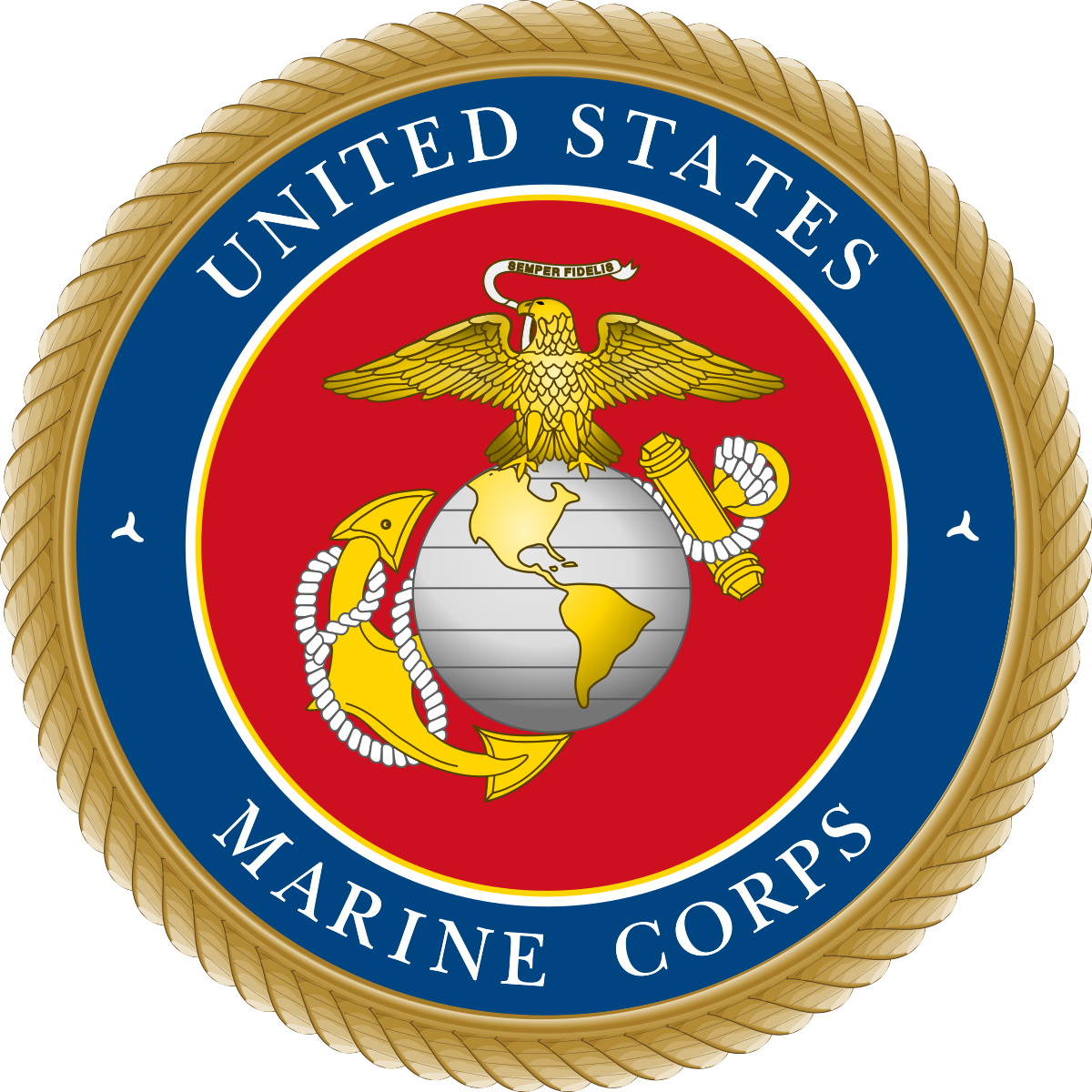 USMC
USMC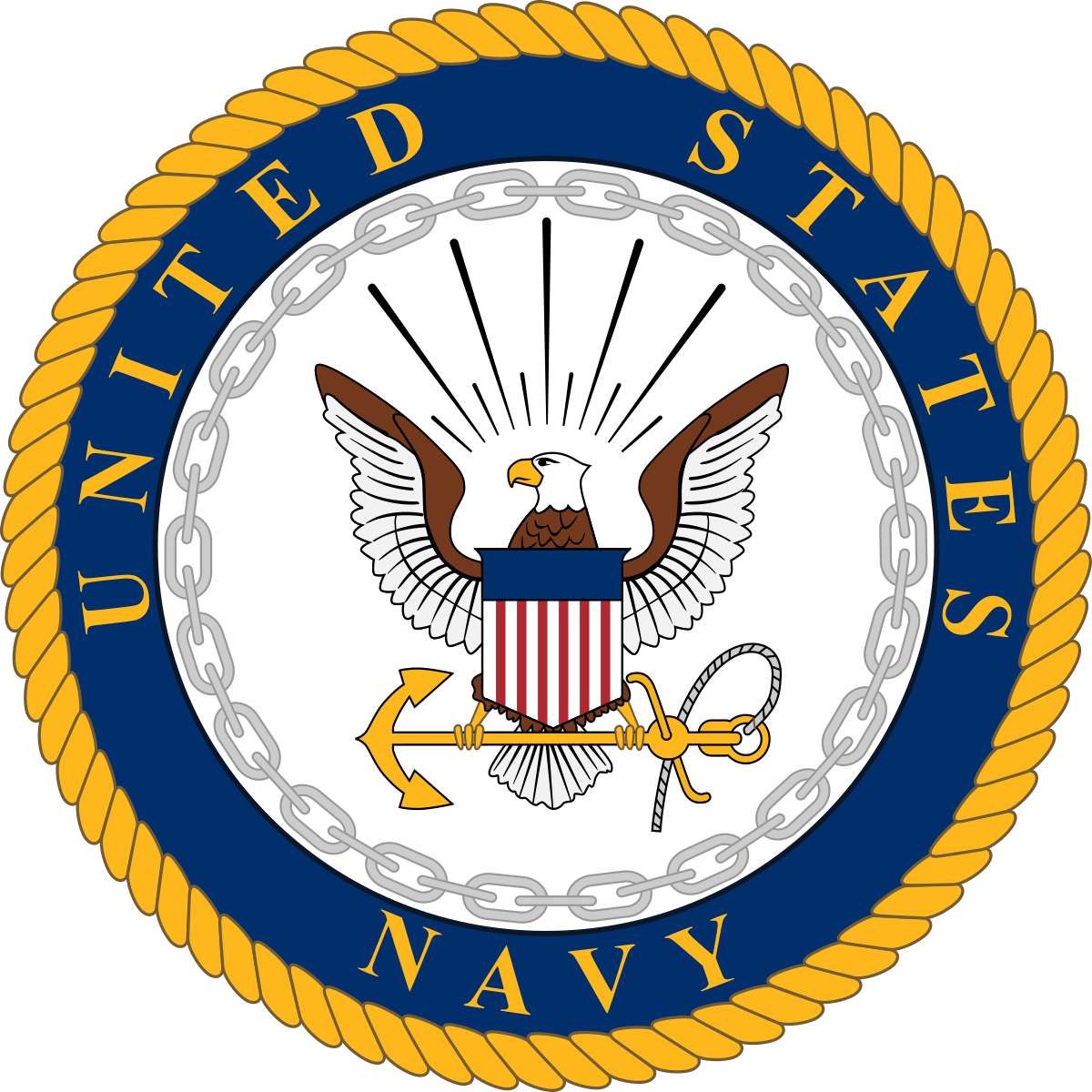 NAVY
NAVY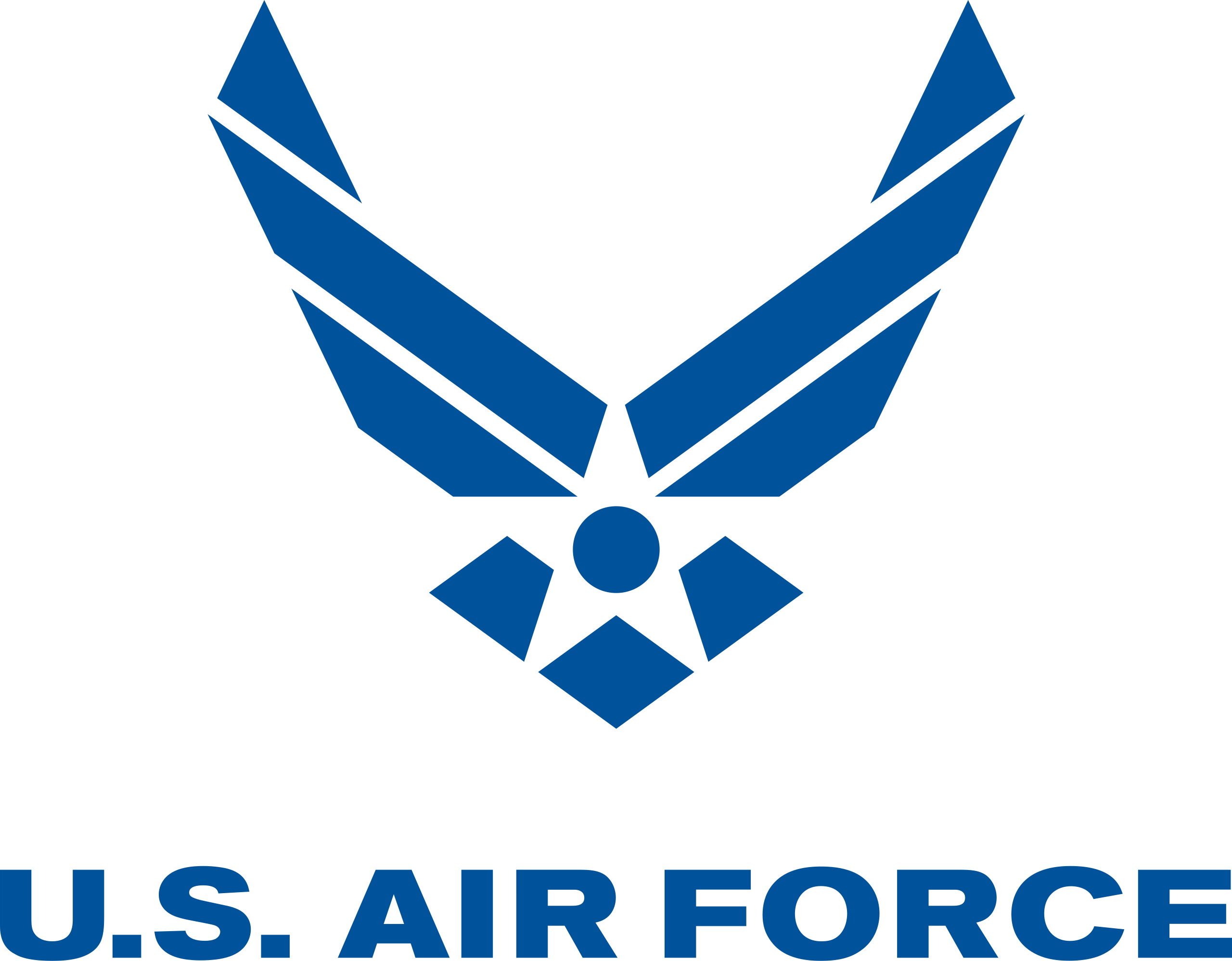 AIR FORCE
AIR FORCE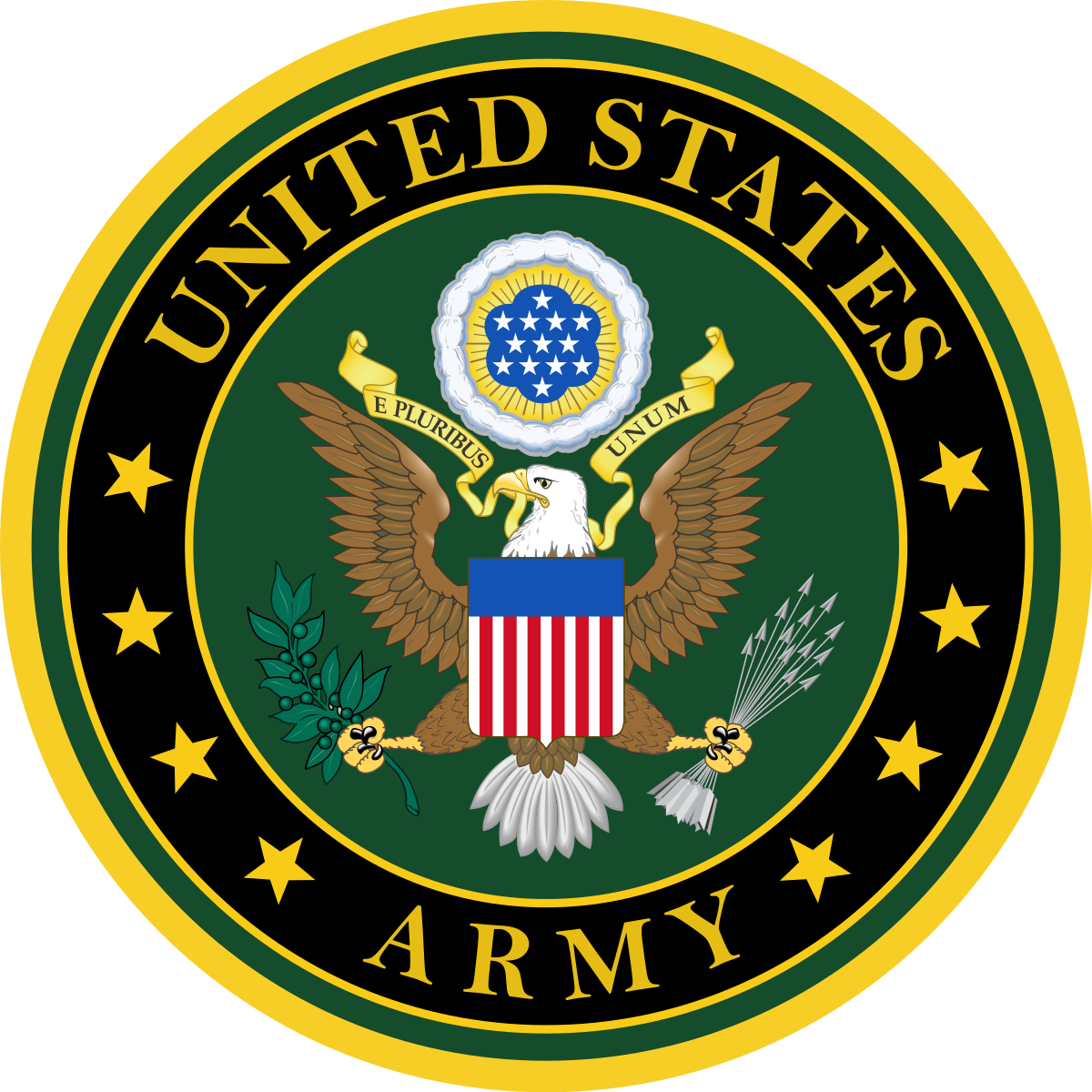 ARMY
ARMY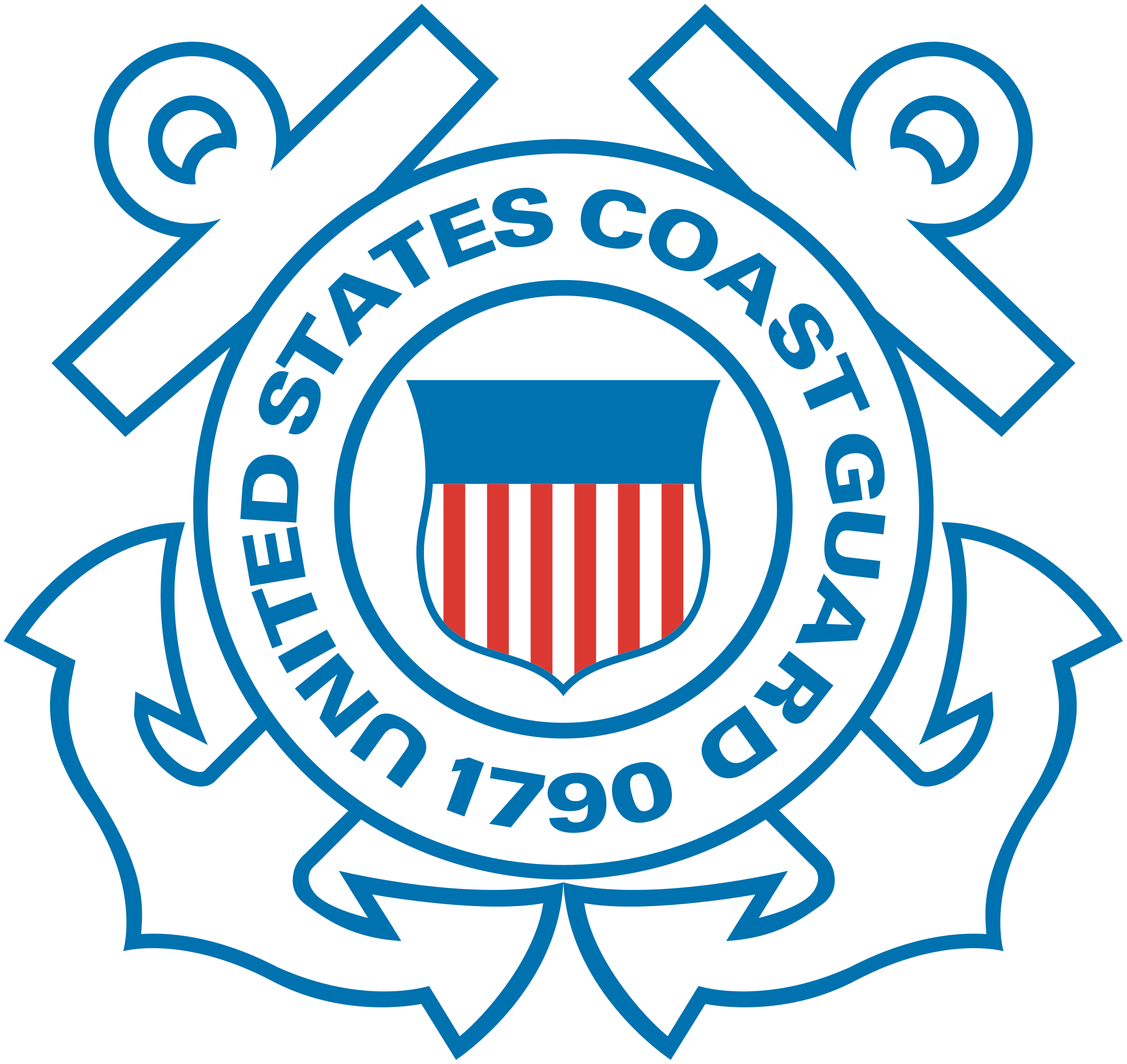 COAST GUARD
COAST GUARD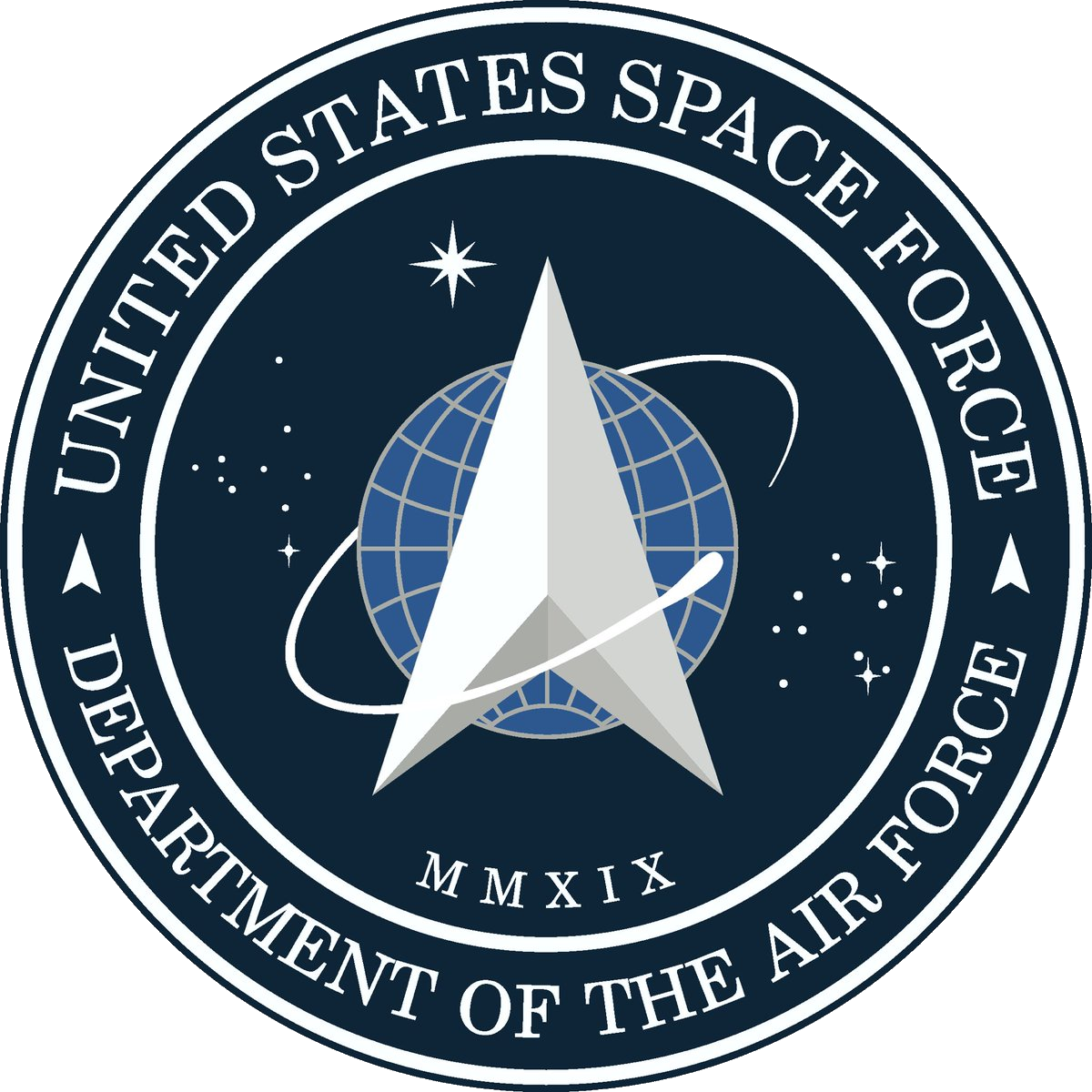 SPACE FORCE
SPACE FORCE